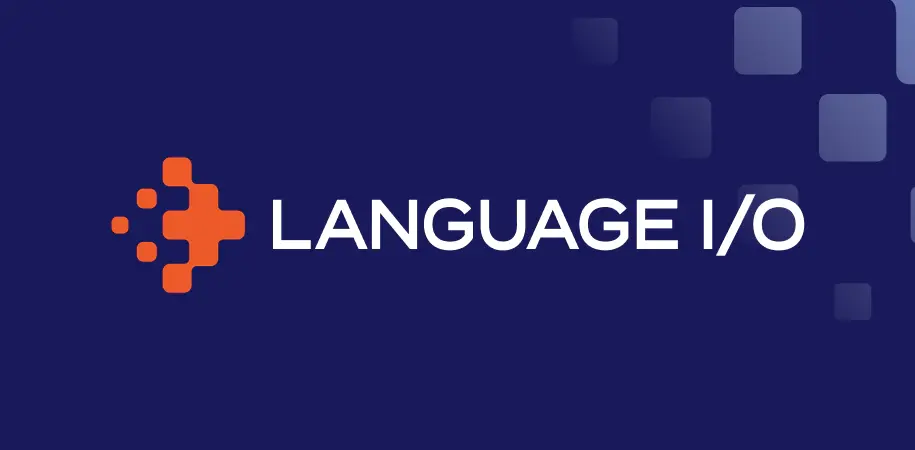Google Translate and other machine-based translation tools have done a lot to breakdown language barriers for travelers. When wild gestures and smiles fail to convey that you’re looking for a train schedule, these immediate translations are wonderful.

That being said, when you’re running a business and communicating with people who need help with, who are frustrated with, or have questions about your product, machine translation alone can cause some hiccups.
For example, the other day I was speaking with a friend in Spanish via text. Numerous words raised a few red flags that he might be using a translation app. When he told me he’d just bought silver, as in the currency or material, instead of silverware, I knew he was cheating with a machine. It was a basic conversation and within a few exchanges, the inaccuracies of the machine translation gave itself away.
When talking with a friend, these discrepancies aren’t a big deal, but in business the inaccuracies of machine translation can cause a whole host of problems. Say a customer asks a question about a silverware product. The machine translates the question and instead of reading silverware, the customer services representatives reads silver. So they think the customer is asking about money, maybe their bill. They send back a response about payment. Who’s more confused? The representative or the customer? More importantly, who is more frustrated?
To avoid putting off and offending customers whose language you do not speak, the best approach to translation is a combination of machine and human translation. Human translations fill the gaps, some of which can be Grand Canyon in size, between what machine translation can and cannot do.
That being the case, the question then becomes, if machine translations aren’t foolproof, why not always use human? In our personal lives, the answer is simple. Say you’re going to Prague. Will you take a translator with you, hire them when you get there, or have them on autopilot back home waiting for a Skype call? Machine translation can get your meaning across quickly and effectively when used for things like, “where is the bathroom?” and “what time does the train arrive?” So for travel and personal use, they can be effective.
We already talked about how much more important accuracy is in business translations. So why not human translations for business all of the time? Because human translation and only human translation is costly. It’s costly and it can be slow. Using both human and machine translation, solves the problem of speed, inaccuracy and cost.
We love to help growing businesses communicate with their customers accurately in their customers’ language. For more information about how Language IO can help your customer support team provide multilingual customer support or bilingual support, contact us on (781) 990-1282.



